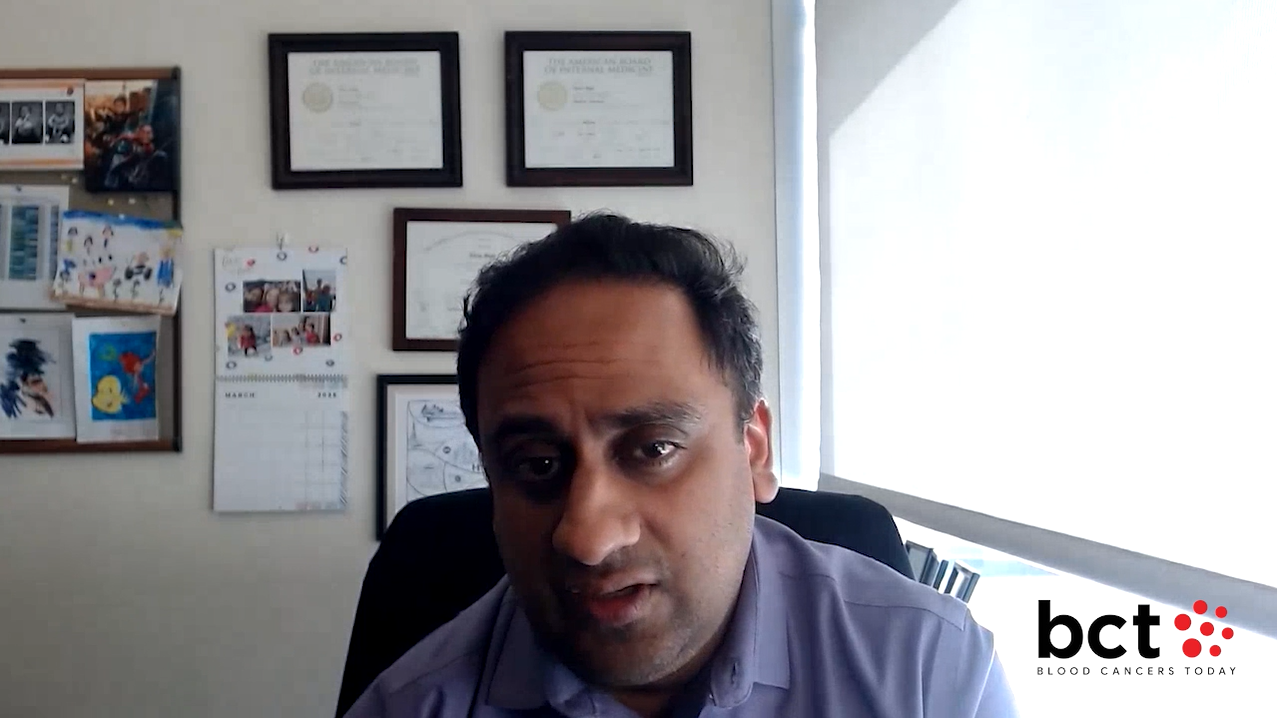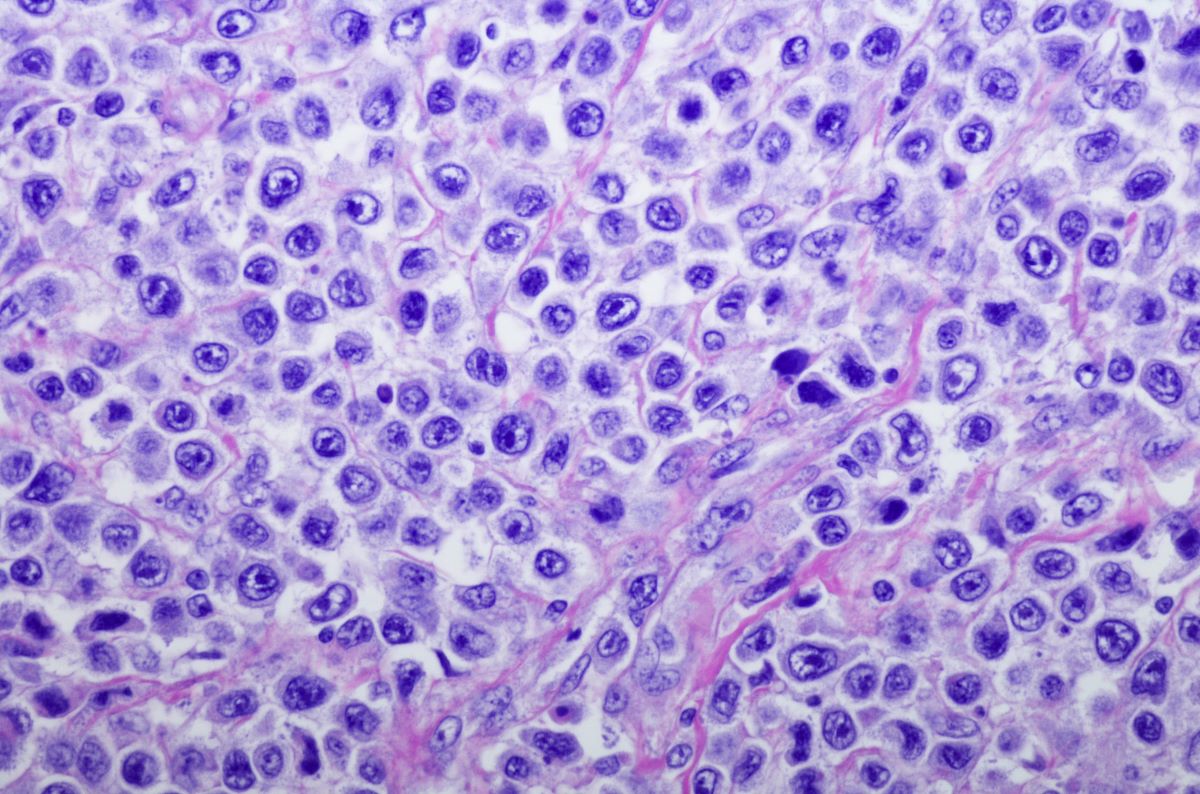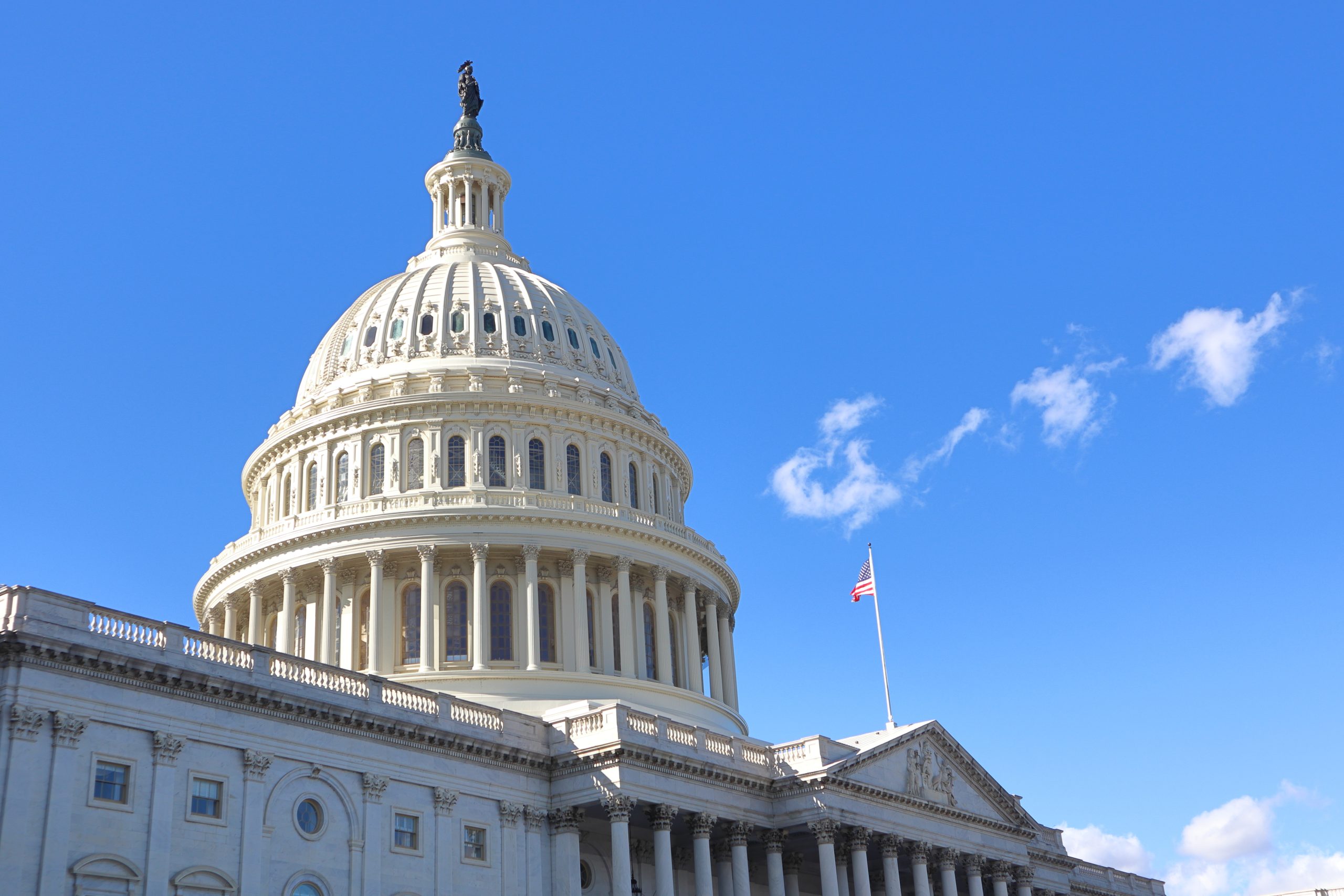
Blood Cancers Today spoke with Tycel Phillips, MD, of the City of Hope, on recent practice-changing studies in mantle cell lymphoma (MCL). Dr. Phillips discussed the phase II TRIANGLE study presented at the 66th American Society of Hematology (ASH) Annual Meeting & Exposition, the benefit of Bruton tyrosine kinase (BTK) inhibitors, the shifting role of autologous hematopoietic stem cell transplant (HSCT) in the frontline setting, and the unmet needs of high-risk patients.
Which recent MCL research are you most excited about?
There were quite a few practice-changing clinical trials presented at ASH 2024. The TRIANGLE study is a randomized, phase III study conducted in Germany that looked at German standard of care, which was alternate chemotherapy followed by autologous HSCT versus the BTK inhibitor ibrutinib.
Ibrutinib was combined with R-CHOP and alternated with R-DHAP. Then, patients were separated into two additional cohorts: ibrutinib, R-CHOP, and alternate R-DHAP followed by HSCT and ibrutinib maintenance, or that same regimen except the third cohort of patients did not receive HSCT, just ibrutinib maintenance.
In 2022, we had a readout of this data, which suggested that the two experimental arms that contained ibrutinib had a failure-free survival benefit over the standard-of-care arm and in a trend towards overall survival. They provided more updated information that confirmed that failure-free survival maintained in the two experimental arms over the standard-of-care arm. There would appear to be an overall survival benefit, even taking into account that half the patients in the standard-of-care arm didn’t get rituximab maintenance after transplant, which is the standard of care moving forward.
The study suggested that there could be a substantial benefit—especially in high-risk patients—when you add a BTK inhibitor to frontline chemoimmunotherapy, and that you could move away from a stem cell transplant. That is the biggest takeaway.
In the United States, the EA4151 study looked at any induction regimen followed by a test that looks at molecular remission in these patients. They used the adaptive clonoSEQ assay to see if there was any measurable residual disease (MRD). Those who were undetectable were randomized to transplant followed by maintenance versus just rituximab maintenance. The patients who were MRD undetectable by this assay did not get any extra benefit from autologous HSCT.
These are two pivotal trials that hinted that we no longer need to do autologous HSCT in frontline therapy, which had been the standard for patients who are considered young and fit (patients 70 years and younger). This is a big fundamental shift in how we manage this patient population.
It does bring up a few questions about which practice is better. Do you add a BTK inhibitor or use an MRD assay? Can you combine both, even though the studies didn’t use both practices? There’s a lot to move forward with. I think HSCT is no longer leading in frontline therapy for this patient population.
Lastly, there was a recent FDA approval for the ECHO trial, which was another randomized phase III study that looked at bendamustine-rituximab (BR) plus rituximab maintenance versus BR-acalabrutinib followed by acalabrutinib until progression or tolerance and rituximab maintenance. This study showed a progression-free survival (PFS) benefit for the arm that had the BTK inhibitor, which in this case was acalabrutinib. For older, transplant-ineligible patients who couldn’t tolerate a more intensive chemotherapy regimen, this regimen was approved where you could get BR plus acalabrutinib for six cycles, then you take the acalabrutinib until disease progression.
How this shakes out and implies practice will vary by practitioner. We’ll likely get more information about this study, especially when the manuscript is published. All in all, it does provide an option in certain patients, especially those who have very high-risk features. For those without high-risk features, you could probably still consider using BR followed by acalabrutinib or zanubrutinib in the second-line setting. The PFS, until proven otherwise, is equal between the combination versus sequential use. Sequential use does give you some time off treatment compared with combination therapy.
Can you please discuss the study on glofitamab in relapsed or refractory MCL you presented at ASH 2024?
That presentation was an in-depth follow-up from the initial study looking at glofitamab in patients with relapsed refractory non-Hodgkin lymphoma. The study initially looked at several cohorts of patients with large cell lymphoma and follicular lymphoma, then they opened a cohort of patients with MCL.
In this open-label, nonrandomized study, all enrolled patients received glofitamab. The initial part of the study was evaluating the safest maximum dose that was tolerated in this patient population. There was some discordance in the amount of maximum dose that some of the patients received on study, with some patients receiving 10 mg and others receiving up to 30 mg, which is the full dose in most clinical studies.
We presented initial safety data in 2021 and updated efficacy data in 2024. At ASH, we presented a subset analysis looking at patients treated on that protocol in high-risk subsets. We looked at high-risk features to see if there was any significant difference in overall outcome in patients who harbored those features versus those who didn’t who were treated with glofitamab. The cohort of patients with high-risk features was small, so we didn’t see statistical significant difference in outcome between those with and without high-risk features. The numbers are small, as the study necessarily wasn’t designed to evaluate that in the initial construction. A lot of the information was received after the fact, as the study was initially designed to treat patients with follicular and diffuse large B-cell lymphoma. So, some of the high-risk features that we typically associate with MCL were not captured on all the patients.
This is a good glimpse, but we’ll need a more formal study with this molecule in MCL to get a clear idea of whether high-risk features have a significant impact on patients receiving this treatment. There is an ongoing phase III study that will capture some of this information.
Can you please discuss your study on differences in real-world clinical outcomes among patients with relapsed or refractory MCL on covalent BTKis?
This is a retrospective study looking at outcomes of patients treated with the three approved covalent BTK inhibitors historically. Since that time, ibrutinib has lost its label, so it’s no longer an approved covalent BTK inhibitor. In this cohort of patients, we looked to see if there was any statistical difference in clinical outcomes of patients treated with these BTK inhibitors in certain lines of therapy.
Being retrospective, there’s a degree of bias that is automatically influenced into the study. We didn’t start patients on treatment and monitor them going forward.We went back and looked into health records, which sometimes lack information that’s critical for studies like this because it’s not so uniform about data collection.
However, there appeared to be a benefit with using zanubrutinib over ibrutinib in this patient population. What we can’t answer is whether the benefit related to some of the toxicities that were associated with ibrutinib could limit duration of use and adherence to the medication in patients because they stopped it for undue toxicity—which could impact outcome—versus a true efficacy benefit. In theory, we don’t assume that these drugs have an efficacy difference. There’s just a tolerance benefit with the second-generation BTK inhibitors, which are zanubrutinib and acalabrutinib.
There was a trend towards a benefit with zanubrutinib over acalabrutinib, but I would take that piece of information with a grain of salt without having true clinical sense to whether zanubrutinib would be better than the other BTK inhibitors, especially acalabrutinib.
This study suggests that there may be some issues with efficacy with patients on ibrutinib, likely due to toxicity—and lack of adherence because of toxicity—which may favor the second-generation drugs. With ibrutinib no longer being an FDA-approved drug, it doesn’t hold as much merit, given that we only have two options at this point.
What are the current unmet needs in MCL? What should trials focus on next?
If you look at disease post BTK inhibitor, we still don’t have any substantial FDA-approved options other than chimeric antigen receptor (CAR) T-cell therapy. Ideally, looking at treatment options post BTK and post CAR-T will be needed, because those are difficult-to-treat patient populations. We still struggle to treat patients with high-risk MCL, including patients with P53 mutations and blastoid and pleomorphic variants.
The biggest area of need is finding better ways to manage that cohort of patients in the relapsed or refractory setting and the high-risk patients in the frontline space. We’ve had quite a few studies that have looked at alternative methods to treat these patients, other than with chemoimmunotherapy, and even with the integration of some treatments, especially BTK inhibitors. We still haven’t made substantial leaps and bounds in those patients, especially those with blastoid and pleomorphic variants where it doesn’t seem like the BTK inhibitors have as much impact as they do in patients who lack those aggressive features.





 © 2025 Mashup Media, LLC, a Formedics Property. All Rights Reserved.
© 2025 Mashup Media, LLC, a Formedics Property. All Rights Reserved.